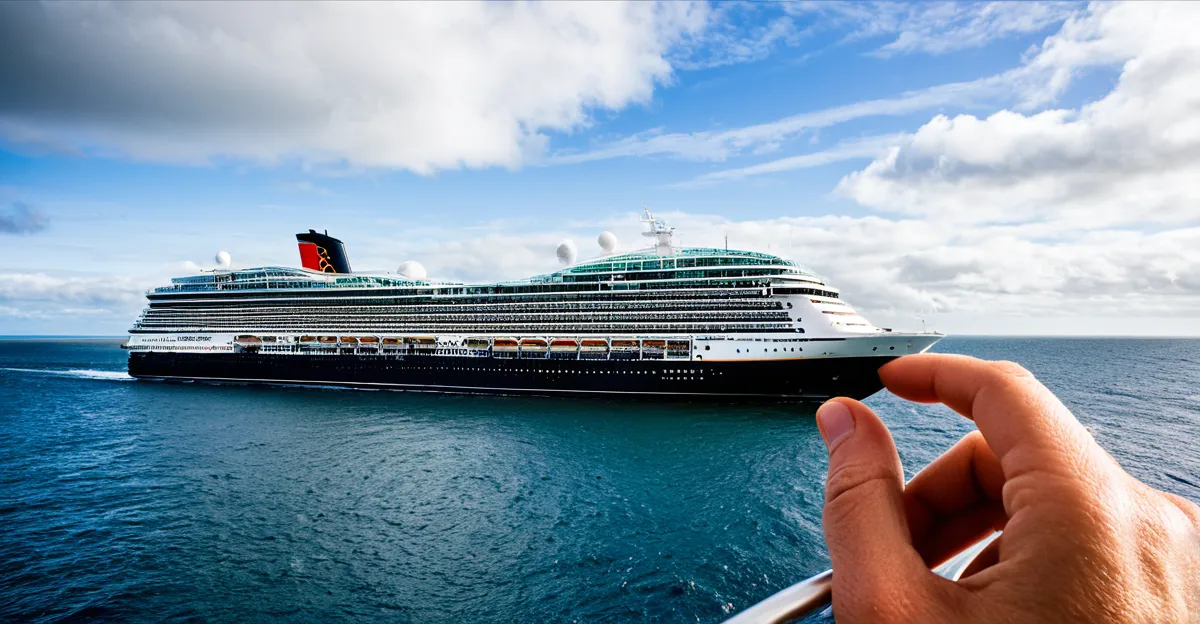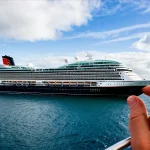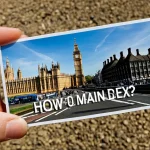Key Challenges for Cruise Travelers Visiting UK Attractions
Cruise traveler difficulties pose real hurdles when exploring UK tourist attractions.
One primary obstacle for cruise tourists is transportation between ports and major UK attractions. Many ports lie at some distance from iconic sites, requiring careful planning to reach locations efficiently. Public transport options may be limited or infrequent, and relying on taxis or shuttle services can be expensive or time-consuming. This makes coordinating travel a crucial factor in cruise ship excursions.
Also read : How do UK cruises enhance local economies?
Time constraints tied to ship schedules present another significant challenge. Cruise ships operate on strict timelines, often granting passengers only a few hours onshore. This limits the ability to explore sprawling or multiple attractions fully. Travelers must prioritize popular landmarks or select excursions wisely to maximize their experience within tight windows, balancing enrichment against the risk of missing departure times.
Moreover, navigating ticket availability and advance bookings can complicate shore visits. Popular UK tourist attractions frequently require pre-booked tickets, especially during peak travel seasons. Cruise travelers may find it difficult to secure reservations on short notice, underscoring the importance of early planning. Managing these logistics well enhances enjoyment and minimizes stress during limited port time.
In the same genre : How Can Cruise Travel Impact the Popularity of UK Tourism?
Navigating Transportation and Accessibility
Practical tips for smooth travel experiences
Travelers often face challenges with port transfers, particularly when public transport options are limited or lack direct connections. For tourists exploring the UK, this can result in extended travel times or complicated routes that require multiple changes.
For those with mobility needs, these issues are amplified. Many public transport systems may not fully accommodate mobility solutions, making access to popular attractions a hurdle. It’s essential to consider the accessibility features available at transport hubs and terminals.
Fortunately, alternatives such as private transfers and shuttle services can offer more convenient and direct routes. These options often provide tailored accommodations that cater to various mobility requirements, ensuring comfortable journeys from ports to city centers or tourist destinations.
When planning UK transportation for tourists, especially those needing extra support, researching and booking accessible services ahead of time can significantly improve the travel experience. This approach helps navigate the often restrictive public transport infrastructure by providing reliable, accessible transit directly aligned with travelers’ needs.
Managing Time Effectively During Shore Excursions
Cruise schedules often impose tight constraints, limiting the time available for shore excursions. This challenge affects tourists’ ability to experience destinations fully, as many find themselves rushing through attractions without soaking in the atmosphere. Shore excursion planning becomes crucial to navigate these limitations and maximize limited time effectively.
One practical strategy is prioritizing key sights and grouping nearby attractions to reduce transit time. Travelers should create an itinerary considering local traffic patterns and opening hours, preventing delays and missed experiences. For instance, instead of attempting to visit three distant landmarks in one afternoon, choosing two adjacent sites allows a deeper and more relaxed visit.
Efficient planning also involves anticipating bottlenecks. If a popular museum typically has long queues, booking tickets in advance or visiting at less busy times helps conserve valuable minutes. Another real-life example is allocating buffer time for unexpected delays, such as slower boarding or longer lunch breaks, ensuring the cruise departure isn’t missed.
By approaching shore excursion planning with these strategic methods, passengers can enjoy richer experiences even within the constraints of fixed cruise schedules, fully taking advantage of their limited time on shore.
Overcoming Ticketing and Entry Barriers
Helpful insights to secure your spot
Popular attractions often face high demand and strict entry restrictions, making attraction ticketing a challenge. Tickets for must-see sites frequently sell out quickly, which can lead to frustrating experiences for travelers who rely solely on on-site purchases.
Advance booking is generally the best strategy to ensure guaranteed entry. Buying tickets ahead of time allows visitors to bypass the risk of sold-out tours and avoid long lines. However, it can limit flexibility if plans change unexpectedly. On the other hand, purchasing tickets on arrival offers spontaneity but carries the risk of no availability.
To balance convenience and certainty, consider a few practical tips:
- Secure tickets online whenever possible for popular sites.
- Check official attraction websites for exact entry rules and times.
- Opt for timed-entry tickets to manage crowds and avoid last-minute disappointments.
- Keep an eye on cancellations or released tickets that may become available shortly before the visit.
By carefully planning attraction ticketing and understanding entry restrictions, you can maximise your chances of enjoying unforgettable experiences without the stress of sold-out tours.
Addressing Crowds, Language, and Cultural Differences
Managing crowd management at iconic UK landmarks is crucial for an enjoyable visit. Popular sites like the Tower of London or Stonehenge often attract large numbers of tourists, making patience and strategic planning essential. Visiting during off-peak hours can reduce wait times. Understanding basic queuing etiquette, such as forming orderly lines, helps smooth the experience for everyone.
Language barriers pose challenges for non-native English speakers, but the UK’s diverse environment offers various support systems. Many attractions provide multilingual guides, signage, or audio tours. Learning a few common English phrases related to directions, greetings, and basic requests can empower travelers significantly.
Adapting to UK tourism etiquette enhances cultural experiences. For example, punctuality is valued, and polite exchanges—using “please” and “thank you”—are expected. Recognizing gestures may differ across cultures; nodding or smiling is often appreciated to show respect. Being mindful of personal space and avoiding loud conversations in quiet settings like museums further reflects good etiquette.
Incorporating these adaptations ensures smooth navigation through crowded areas and diverse cultural contexts, enriching every visitor’s UK experience.
Facing Weather and Seasonal Concerns
Understanding how the UK’s climate affects your travel
When planning a trip to the UK, weather variability is a key factor to consider. The UK’s famously unpredictable weather can often lead to sudden rain showers or unexpected chilly spells, which directly impact sightseeing plans. Travelers should stay prepared for these fluctuations to avoid disruption.
To enhance travel preparedness, it’s wise to pack layers and waterproof clothing, ensuring comfort in both damp and cool conditions. Carrying a compact umbrella and sturdy footwear can make all the difference when exploring outdoor attractions.
Seasonal differences also play a significant role; many popular sites adjust their opening hours during off-peak months, and experiences may vary as a result. For example, some gardens or outdoor historical sites may close earlier or offer limited access in winter, while summer might provide extended hours and special events.
Careful consideration of UK weather travel and seasonal challenges allows visitors to tailor their plans effectively. Staying informed and packing smartly ensures a smoother, more enjoyable journey regardless of what the skies bring.











